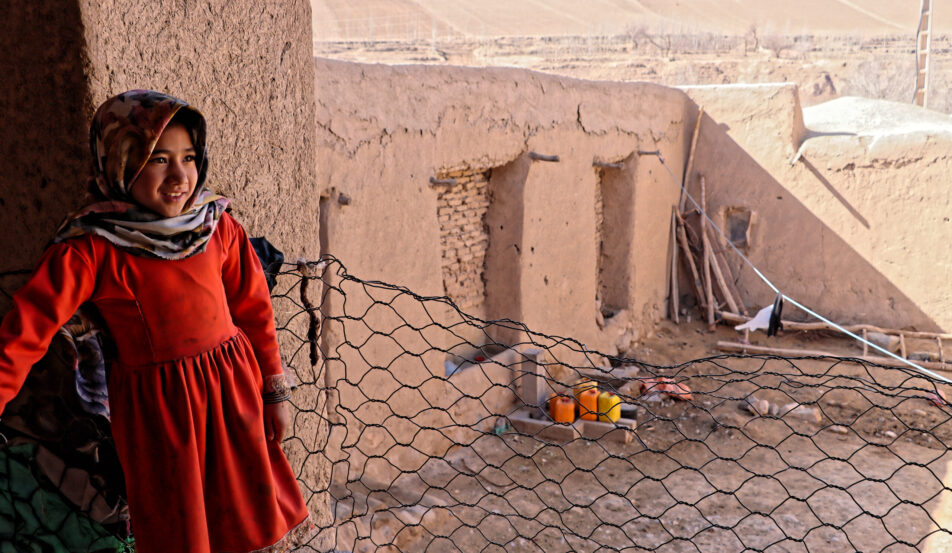Ten facts you need to know about the Africa Food Crisis
Photo: Across Africa, millions of children like two-year-old Umoro, whose family live in drought-affected Kenya, are at risk of starvation
Right now, millions of children in countries across Africa are facing starvation in a catastrophe that has been largely ignored by the international media. These facts will give you some insight into the scope of the grave situation facing millions of children.
The United Nations has called this the worst humanitarian crisis since World War II. Across Africa, over 80m people urgently need food aid. Around half are children, double the number of Australia`s total population. Somalia, Nigeria, South Sudan and Ethiopia are currently the worst-affected countries and there are serious concerns about Kenya and Cameroon. Malawi, Namibia, Niger, Zimbabwe and Chad are affected by the crisis.
Right now, 2.5m children are at urgent risk of death due to extreme malnutrition. An estimated 7.5m children will suffer severe acute malnutrition this year. Malnutrition can be fatal and has debilitating, lifelong consequences for children who survive. Children who suffer malnutrition are at greater risk of contracting disease and less likely to succeed at school or in employment.
The reason for widespread food shortages varies from country to country. Recurrent droughts underpin the crisis, but countries such as Somalia, South Sudan and parts of Nigeria are also dealing with civil conflicts that hamper the supply of desperately-needed aid.
The situation is worse than conditions in 2010-11 when 260,000 people in Somalia died, almost half of which were children under five. This is the third year of drought in the region and multiple years of poor food production has depleted food and water stocks.
Despite early warnings, the international response has been slow, hampered by a shortage of funds and lack of awareness. The world`s media have failed to use their power for good. Aid agencies like ChildFund have been responding to the food crisis since early 2016.
The crisis is expected to continue through the rest of 2017, which will put millions more children`s lives at risk. Young children are the most vulnerable people when crisis strikes.
Many drought-stricken countries are dealing with outbreaks of water-borne diseases such as cholera, caused by a lack of sanitation. As the situation deteriorates across several countries there is a growing concern about the spread of diseases.
8.8 million children across Africa have dropped out of primary school because families have been forced to abandon their homes in search of food, water and security. With their livelihoods ruined, millions of families across Africa have no choice but to leave their homes in search of food and water.
The prices of staple foods have risen sharply in drought-affected areas due to high demand and short supply. Communities that rely on selling livestock to provide income for their families, like Marsabit in Kenya, have seen the price of sheep decline by as much as 90%.
In drought-affected parts of Kenya, an estimated 90% of livestock has died due to the ongoing drought. The drought has particularly hit areas that rely on livestock for food and income.












